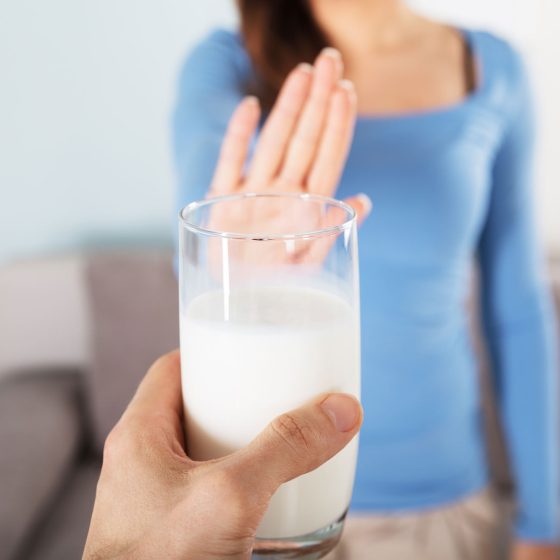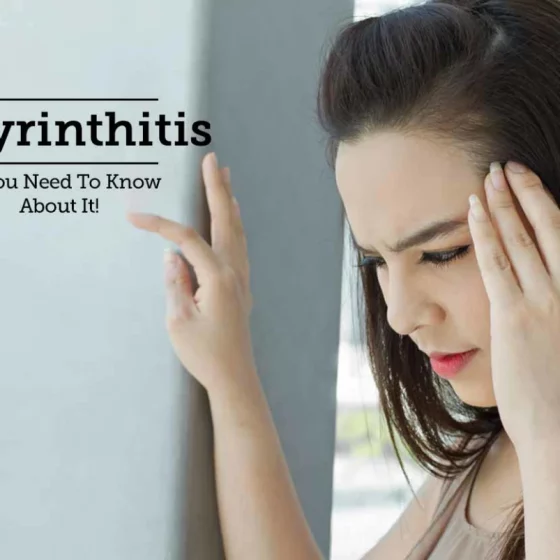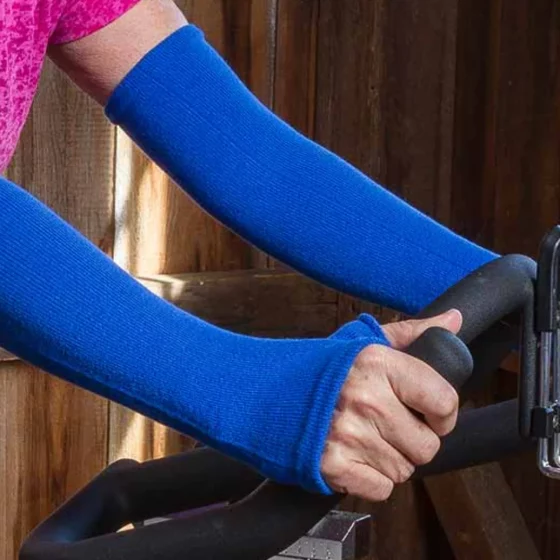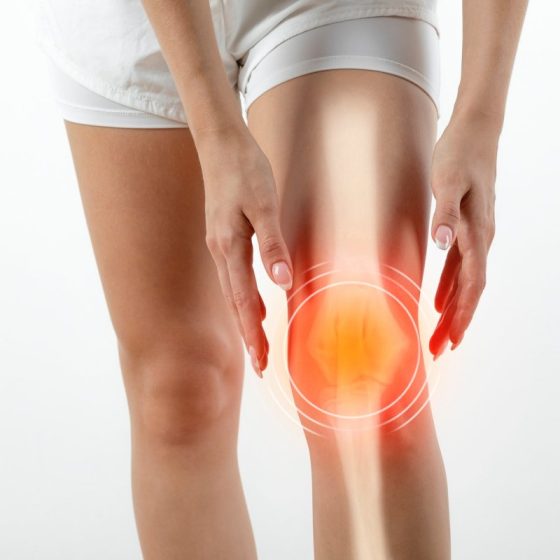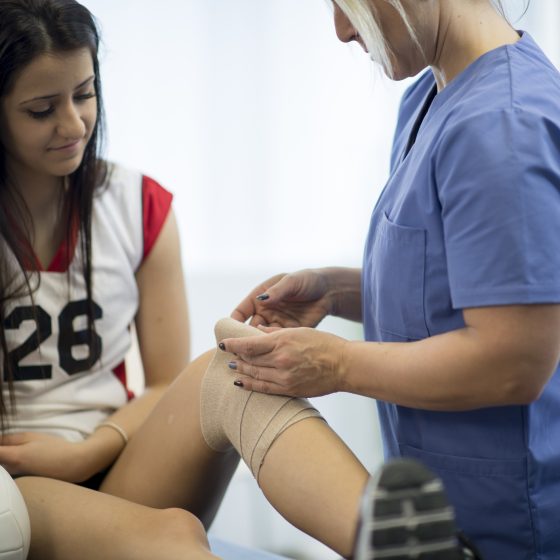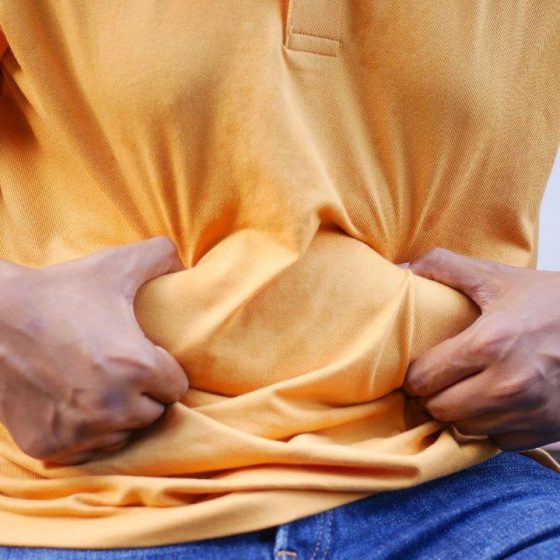Medicines for babies and children
Key facts Some medicines for children can only be prescribed by a doctor, and others can be bought over-the-counter in a pharmacy or shop. In Australia, the most-used medicines for pain and fever in children are paracetamol and ibuprofen. Antibiotics are prescription medicines used to treat infections caused by bacteria. Antihistamines are medicines used to treat symptoms of allergies. In Australia, giving the wrong medicine dose is the most common cause of accidental poisonings in infants (children under one year of age). What medicines are commonly given to babies and children? Medicines for children can be either: prescribed by


